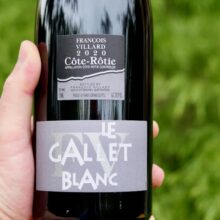
Product information
François Villard Côte-Rôtie ‘Gallet Blanc’ 2020
Shiraz/Syrah from Côte-Rôtie, Northern Rhône, Rhône Valley, France
$178
Description
Personality+ this calls: Drink Me! Drink Me! Perfectly balanced, harmonious, seamless. It draws you in. Exceptional line and length and the tannins are so long, fine and even. Red and dark fruit a little licorice. So fine. Incredible complex savoury roasted barbecued vegetables & a line of earthiness. Perfume of Violets so long. A tiny splash of Viognier. This is exceptional. Would make a fantastic comparison to Ogiers Mon Village. The energy here is palpable.
Stylistically you’ll find great density in his Côte-Rôtie with fruit from the Northen half, the Côte-Brune coming from several Lieux Dits. The Côte-Brune is known to produce more masculine wines that the Côte-Blonde. François tames the beast and brings great sophistication to the wine.
François looks at this wine as the Holy Grail! Delicious now, yet, with incredible ageing potential.
François is making stunning wine. From a 20 year old chef to a vigneron with over 30 years experience his wine wisdom shows.
‘Le Gallet Blanc’ named after his two original vineyard suppliers Monsieurs Gallet and Blanc, is a tenacious wine. Using 88% whole bunch is about maintaining freshness and building a fresh, vibrant wine, with front mid-palate stalk tannin of serious quality, that is surprisingly supple. A beautiful perfume lifts from the glass, both flavour show layer after layer of pleasure. Compared to the 100% destemmed wines from other producers tasted at the same time there is much more energy, definition, and intrigue in François wine.
In stock
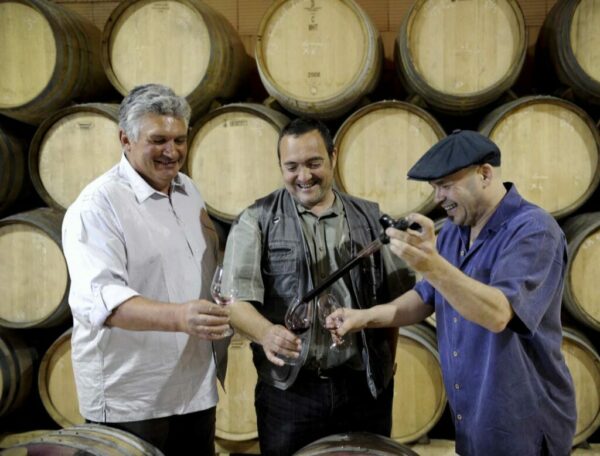










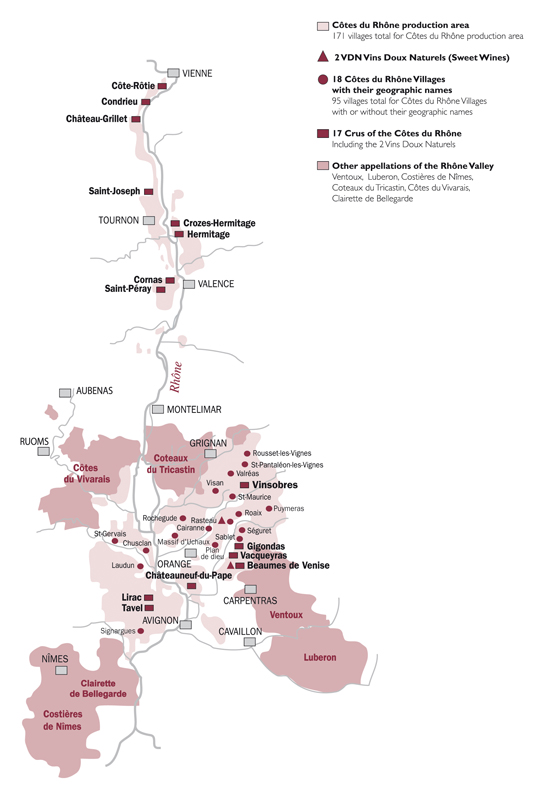
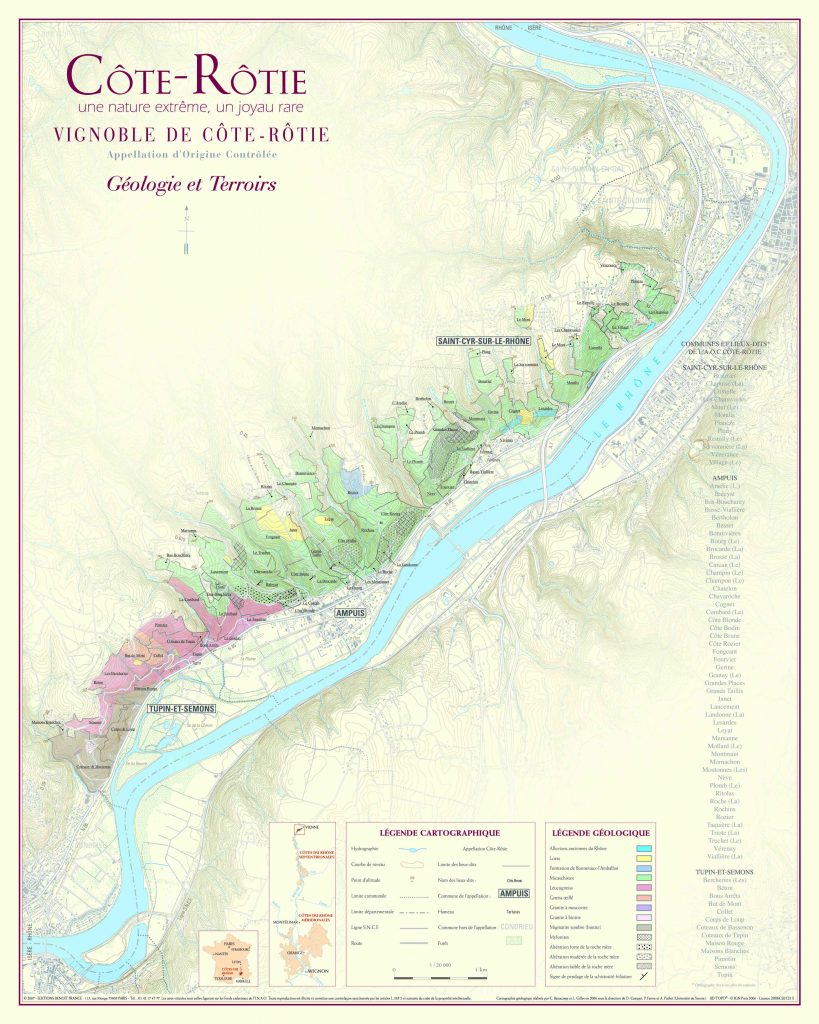
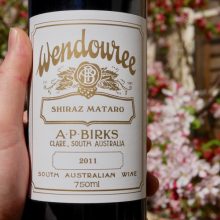
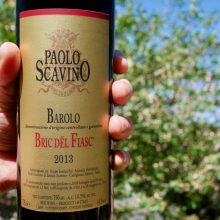
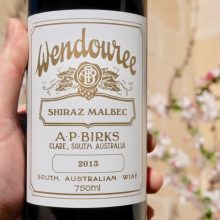
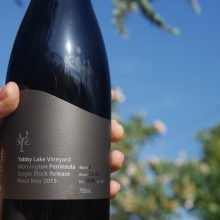
You must be logged in to post a comment.